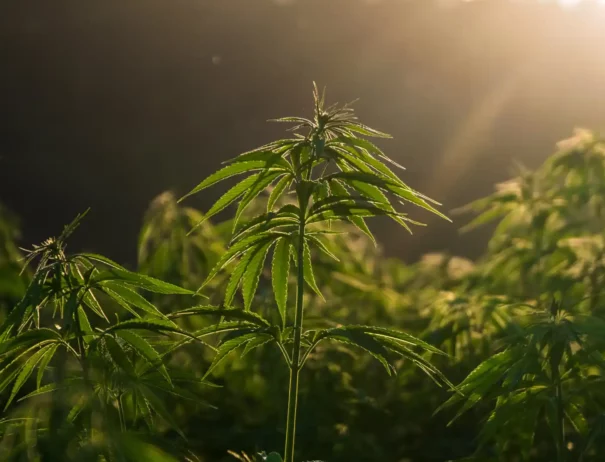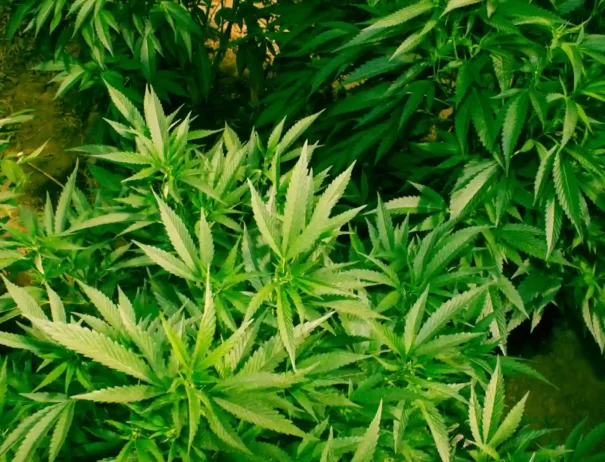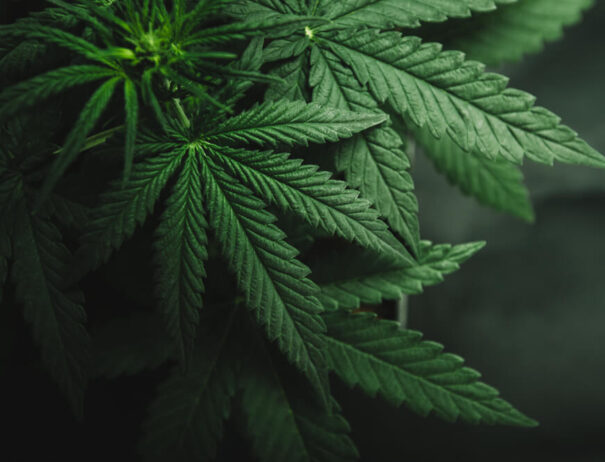Study Finds CBD Oil Could Significantly Accelerate Wound Healing
It feels like every other day, researchers are finding breakthroughs that help the medical and scientific communities rethink what they know about cannabis and cannabinoid compounds. The latest study from researchers at universities in India and Thailand shows that CBD, one of the leading chemical compounds in cannabis plants, may accelerate wound healing.
The discovery is even more exciting because their work has shown that compounds in cannabis also have antibacterial and analgesic properties, which, combined with tissue regeneration, could make cannabis the key to obtaining better wound healing and patient outcomes.
CBD Oil May Promote Wound Healing
The innovative report from researchers in India and Thailand finds that compounds in cannabis oil reduce something called “reactive oxygen species” during wound healing. The researchers note that these chemicals play a critical role in would development, causing cell and tissue damage. Increasing reactive oxygen species or ROS levels prevents effective wound healing by increasing inflammation and cellular damage around the wound. The antioxidant properties of CBD, a primary chemical compound in cannabis plants, seem to mitigate these effects. The result is an environment more conducive to the healing process.
The researchers suggest that cannabis oil can help facilitate skin wound healing by mitigating oxidative stress. The antibacterial and analgesic properties of cannabis oil also help reduce the microbial colonies on and near the wound, helping to minimize the healing complications associated with chronic wounds.
The research is groundbreaking because the study authors note that there is a distinct lack of clinical trials focused on the application of cannabis in wound healing. Most studies focus on uncovering other biological effects of cannabis, such as how the compounds interact with the body and specifically cannabinoid receptors in the brain. There is very little research on the use of cannabis for wound treatment and other topical applications outside of the beauty industry.
Understanding the potential benefits of using cannabis therapy for wound healing may be the key to offering wound care patients better and more effective treatment options. More research on the topic may also help lead to specially formulated products that optimize therapeutic healing benefits. While numerous studies point to cannabis being an effective pain reliever when consumed orally or inhaled, there is little scientific information showing the potential of cannabis to be used to treat pain when applied topically to the skin.
How Does the Body Heal Wounds?
The body heals wounds in stages. While many people don’t think twice about rinsing off a cut and putting a bandage on it, the internal process of healing a wound is significantly more complicated. When the body sustains an injury, compounds in the blood rush to the site of the wound. Platelets in the blood clot together, forming a “natural” bandage that helps stop the wound from bleeding. Proteins called fibrins form a net to keep the clot in place.
When the wound closes and stops bleeding, blood vessels expand. This allows fresh nutrients and oxygen to reach the wound, helping it to heal. Macrophage cells, a white blood cell, circulate around the wound, fighting infection and aiding in tissue repair. They also contain growth factors that help repair the damage to the tissue. Depending on the wound, it can take up to three weeks for the body to repair damaged tissue and broken blood vessels.
Eventually, oxygen-rich red blood cells help build new tissue, and specific chemical signals tell the cells to create more collagen. Collagen is like scaffolding, giving tissue structure as it grows. Once the tissue strengthens, the wound is well on its way to healing. The wound is about 80 percent as strong as before the injury in almost three months.
Reactive oxygen species are one form of unstable molecules that contain oxygen and are highly reactive. ROS are produced through the normal metabolism of oxygen in the mitochondrial matrix, a space that surrounds the mitochondrial inner membrane of cells. However, when these molecules accumulate, they can damage DNA, RNA, and proteins, which lead to tissue death. Usually, ROS plays a crucial role in wound healing. However, elevated levels cause oxidative damage, increase inflammation, and damage vulnerable tissue. Too many ROS molecules slow wound healing and harm new tissue regeneration.
How Cannabis Might Help
The new research suggests that cannabis’s active ingredients limit the effects of oxidative stress by regulating ROS. Without an overwhelming number of ROS molecules at the wound site, you get a more conducive environment for tissue regeneration and growth. The potential to limit inflammation and bacterial growth also means that cannabis oil may reduce the risk of infection. Some research suggests that two to four percent of surgical wounds become infected. As many as five to 26 percent of acute wounds also become infected.
Products that can simultaneously mitigate ROS, promote wound healing, and help prevent infection could be a medical game changer for patients with significant open wounds, either from an acute injury or surgery. The study could also be a promising breakthrough for patients whose conditions affect the healing process, such as diabetics. The research also suggests that cannabis oil may increase blood flow to wounds and reduce cytokine production. Cytokines can play a vital role in wound healing by helping to control inflammation. Still, when the body is not functioning correctly, these cells can trigger an excessive immune response, leading to tissue damage.
Study authors say their research underscores how vital continued cannabis research is to the medical space. They say without more work in the area of cannabis and wound care, developing therapeutic applications will remain a challenge.
Check Cannabutter Digest often for more information on innovative research in the cannabis field and on other marijuana-related topics. We bring you everything from news and recipes to product reviews.

Get Your Free eBook!
Download our FREE resource, The Ultimate Edibles Guidebook, full of recipes, infusion tips and everything you need to make your first batch of edibles today!



